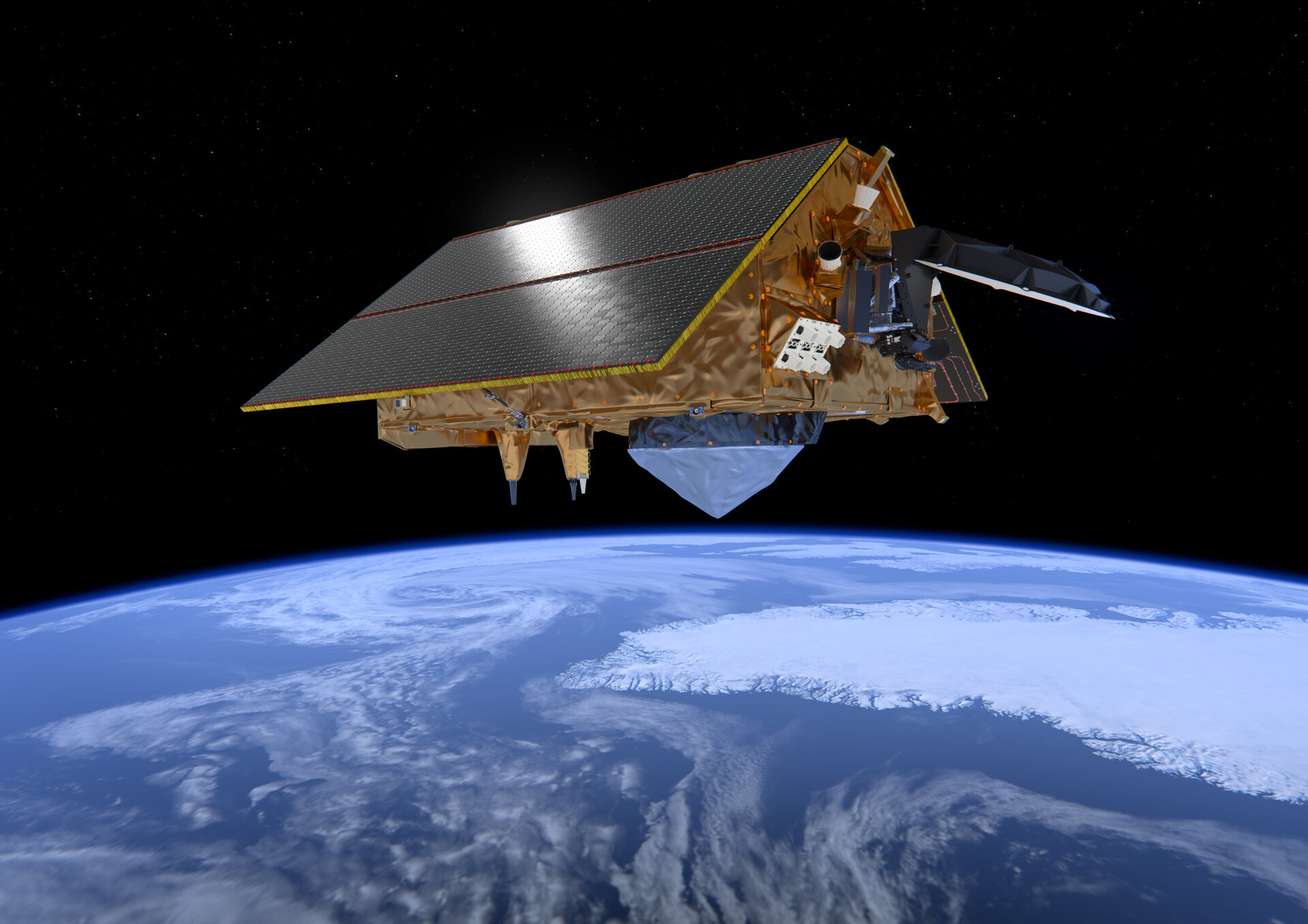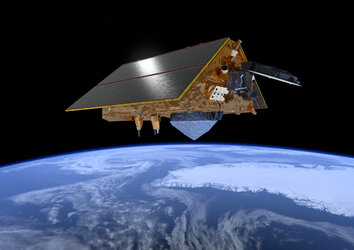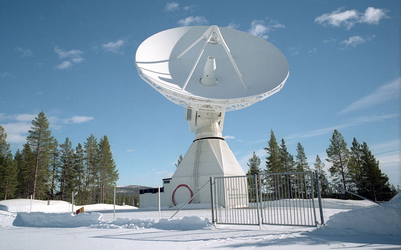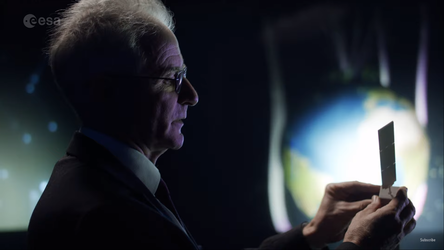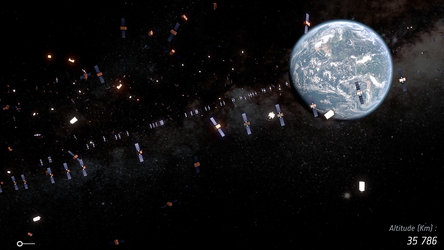Over to you, Eumetsat!
It was a spectacular launch on 21 November, as the Copernicus Sentinel-6 Michael Freilich satellite was lifted into space on a SpaceX Falcon 9 rocket. After taking care of the Earth observation spacecraft during the critical early days and making it at home in its new environment, ESA is ready to hand over control to Eumetsat.
About an hour after a flawless launch, Sentinel-6 Michael Freilich Earth separated from the SpaceX Falcon 9 rocket, and for the first time it was flying on its own.
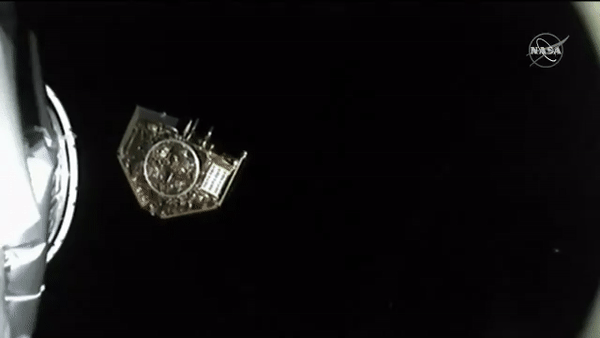
Soon after, ESA’s mission control in Germany received the very first signals from the fledgling mission. This vital moment, the ‘acquisition of signal’, is what teams had been waiting for, because it meant they could lock on to the satellite with ground stations across the globe and receive its ‘telemetry’ - data providing information on the mission’s health.
#Sentinel6 we hear you!
— ESA Operations (@esaoperations) November 21, 2020
The North Pole Satellite Station in Alaska has caught the spacecraft's first signals from space and is locked on to the new mission. Transmission coming into #ESOC #missioncontrol loud and clear.#SignalAquired #AOS#AcqusitionOfSignal pic.twitter.com/zHAo5lClU0
Of course, controlling missions is a two way conversation. We receive information about the spacecraft and all the observational data it has gathered in the signals it beams down to Earth, but we also speak to it, sending commands. Once teams at ESA’s ESOC Operations Centre had sent their first commands, it was time to declare “we have a mission!”.
“It’s always tense in the moments before we capture the first signal, until then, it's too soon to celebrate as we haven't yet taken control,” explains Jose Morales, Head of Earth observation missions at ESA.
“Once our screens lit up green, we knew that Sentinel-6 was in our hands and it is then that the real work began getting the spacecraft ready for an important life in space.”
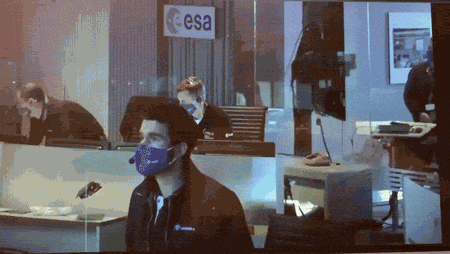
In the days since launch, known as the Launch and Early Orbit Phase (LEOP), the flight control team at the Agency’s Operations Centre took meticulous care of the new Sentinel. These early days came with many challenges, as the new spacecraft began using its solar arrays for power, woke up to test its core functioning and performed two manoeuvres to initiate its drift towards its final, operational orbit, all the while at its most vulnerable to the hazards of space.
Now the LEOP is complete, ESA’s mission control team is handing over command and control of the satellite to Eumetsat – Europe’s weather and climate satellite organisation – who will complete the final ‘orbit acquisition’ and take on responsibility for commissioning, routine operations and distribution of the mission’s vital data.
“The critical Launch and Early Orbit Phase went smoothly and is now complete, and we are thrilled to pass on this mission to our friends at Eumetsat, who will distribute its data on Earth’s changing oceans,” explains Simon Plum, ESA’s Head of Mission Operations. “I am particularly proud of the dedication shown by everyone involved at all stages of this important mission. Their commitment has gone above and beyond expectation and truly demonstrates how seriously they take their roles.”
“It’s testament to the hard work and expertise of our teams at ESOC that in the midst of a global pandemic they continue to safely carry out some of the hardest jobs in space.”


